At this point, the debate over climate change is all but over. There is no doubt among almost every single scientist on the planet that the Earth’s weather, oceans, and atmospheric conditions are changing fast.
If humans don’t adjust their habits, some seriously catastrophic changes will occur in the very near future. That includes dozens of US cities, as well as cities all over the world, sinking into the ocean.
There Are Dozens of US Cities in Danger of Dropping Into the Ocean
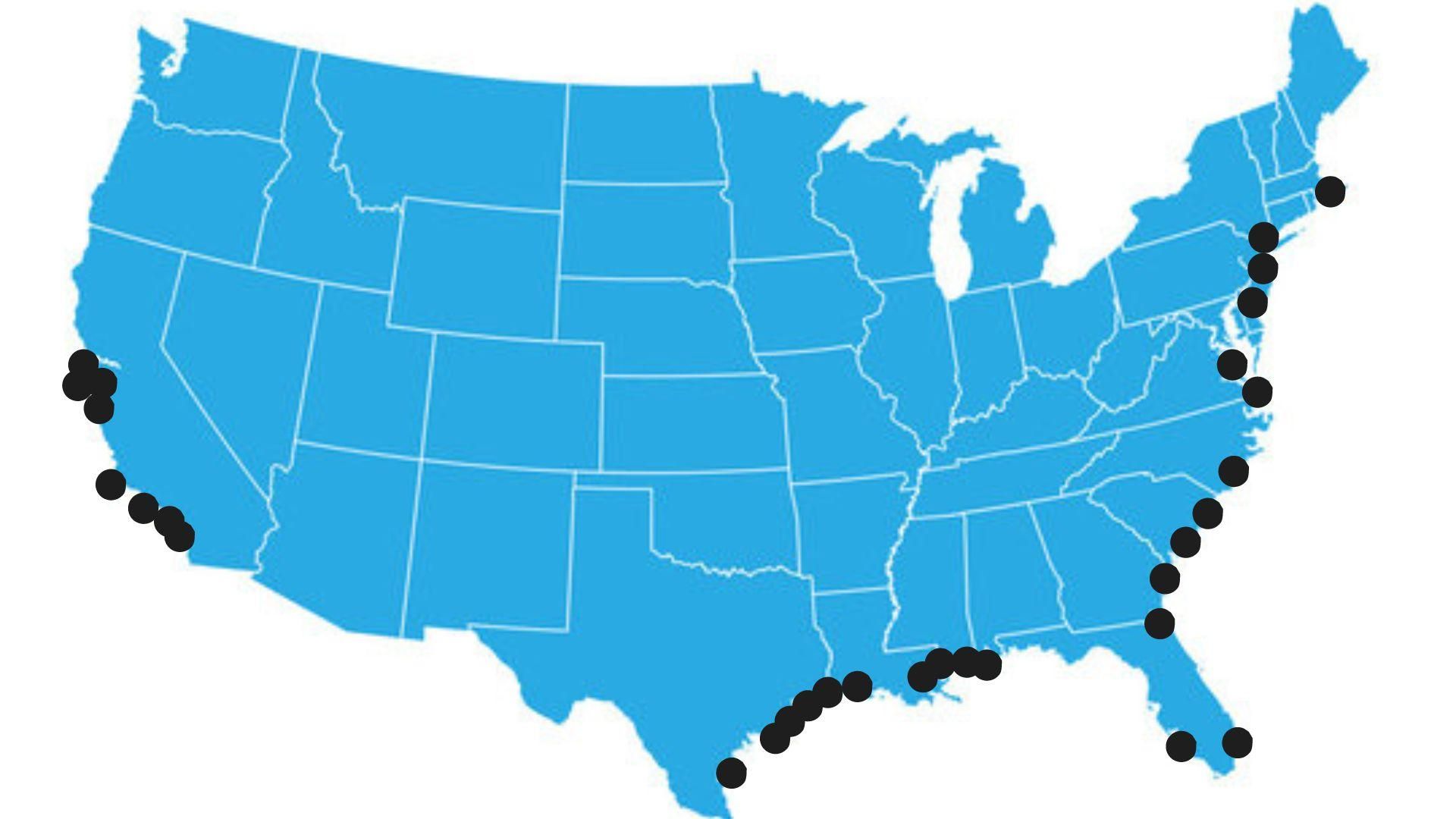
The United States of America has a whopping 95,471 miles of coastline, and the vast majority of the country’s metropolises sit directly against the ocean’s waves.
From New York City to Boston, New Orleans, Miami, San Diego, San Francisco, Oakland, Richmond, Atlantic City, Galveston, and many more, there are literally dozens of US cities that could easily sink below sea level within the next 25 years.
Humans Are Unquestionably to Blame
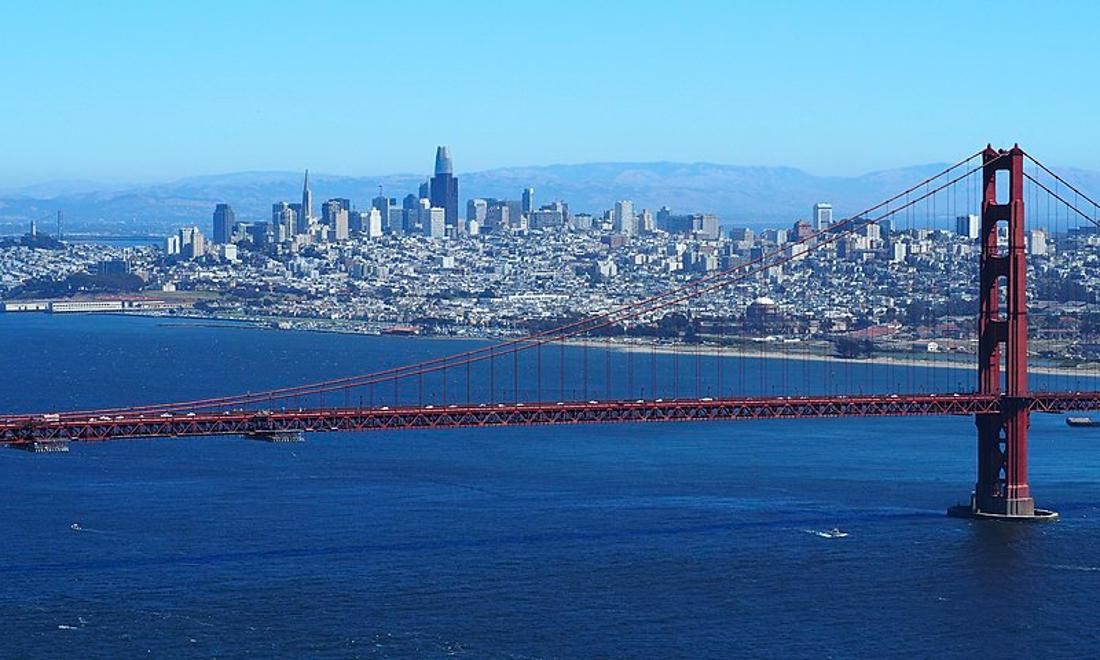
It’s important to understand that the danger of many US cities ending up underwater is based in two truths: First, that several of these cities are literally sinking, and second, that climate change is quickly leading to rising sea levels that will soon overtake the coastline metropolises.
The first issue, the fact that many cities are sinking lower every year, can only be blamed on human beings and our far-from-perfect city planning.
Many US Cities Are Literally Sinking

The buildings of New York City’s five boroughs weigh about 1.68 trillion pounds, and that’s not including the cars, trains, subways, and 8.5 million people that litter the 302 square mile island.
According to a study published in Earth’s Future and shared by Advancing Earth and Space Sciences, New York City is sinking 0.04-0.078 inches every year. That may not seem like a lot, but because the city only sits about 3.38 feet above sea level, that means NYC would be completely underwater in about 500 to 1,000 years. However, while the city is sinking, the sea level is also rising.
There’s No Doubt Sea Levels Are Quickly Rising
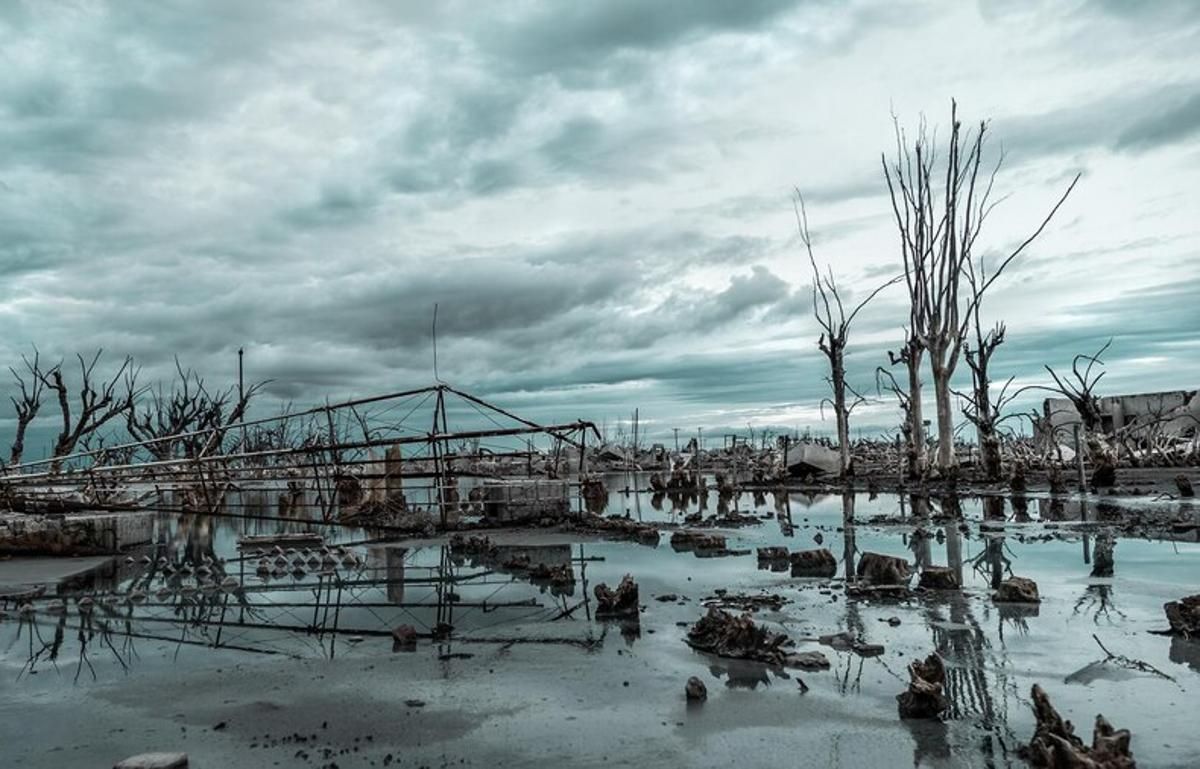
Sinking cities are certainly a problem. But besides removing giant skyscrapers, there is very little humans can do now to negate this reality. Not to mention the fact that if the sea levels weren’t rising, the sinking wouldn’t be such an issue.
However, sea levels are absolutely rising. Even as you read this article, the oceans are expanding much faster than cities are sinking.
Let’s Talk Numbers
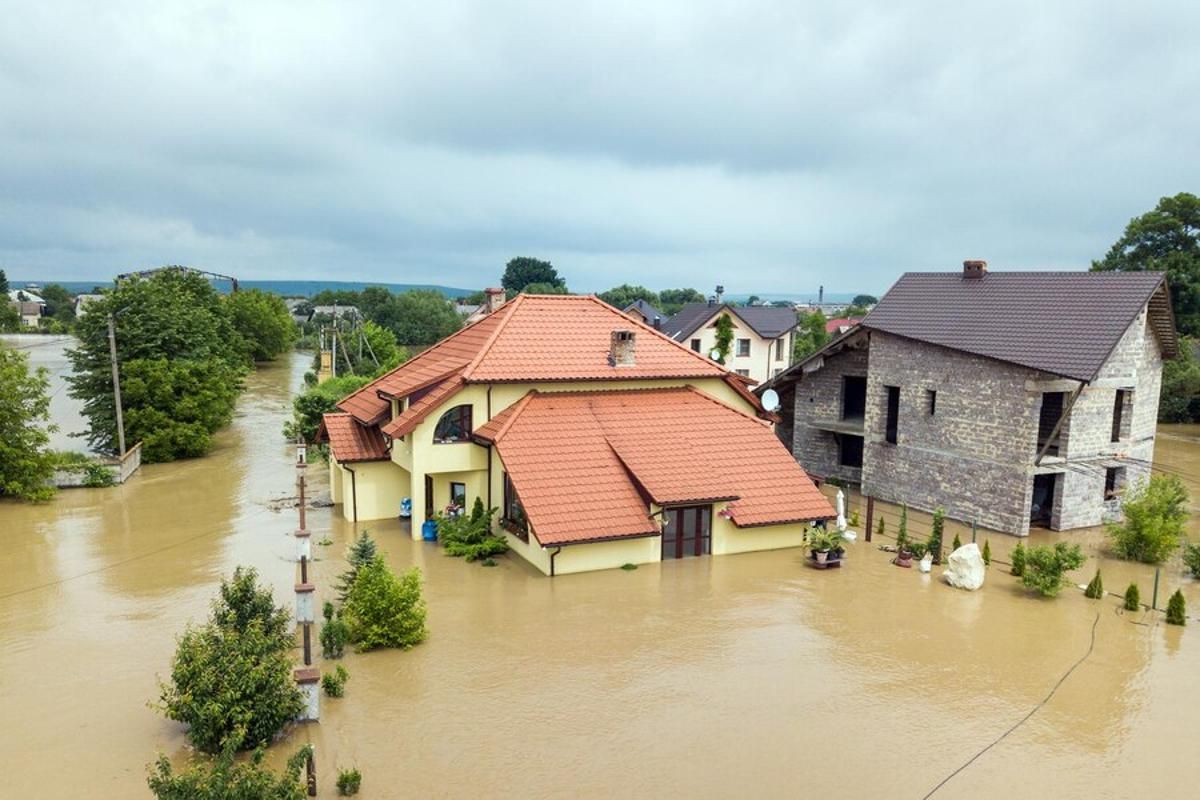
According to NASA, which has been tracking the Earth’s rising sea levels for 30 years, the ocean is currently climbing 0.13 inches per year. They also noted that the average annual sea level increase has grown by 0.03 inches since the median in 1993.
Again, these numbers may seem miniscule, but at this rate, even if NYC wasn’t sinking, it would still be underwater in about 300 years. And sadly, thanks to the ever-intensifying climate change issue, experts expect sea levels to rise a lot faster in the next few decades.
Why Are Sea Levels Rising Quicker Than Ever Before?

Thanks to the diligent research of scientists all around the world, we now know that the rising sea levels are a direct result of the melting glaciers in the Arctic. We also know the ice is melting because of mistakes humans have made.
That mistake was basing our entire energy system on industries like gas and oil that create mass amounts of carbon emissions. And there is now data to show that if carbon emissions aren’t decreased or, better yet, eliminated altogether, the sea levels will increase significantly in the coming years.
Sea Levels Are Rising, Thanks to Carbon Emissions
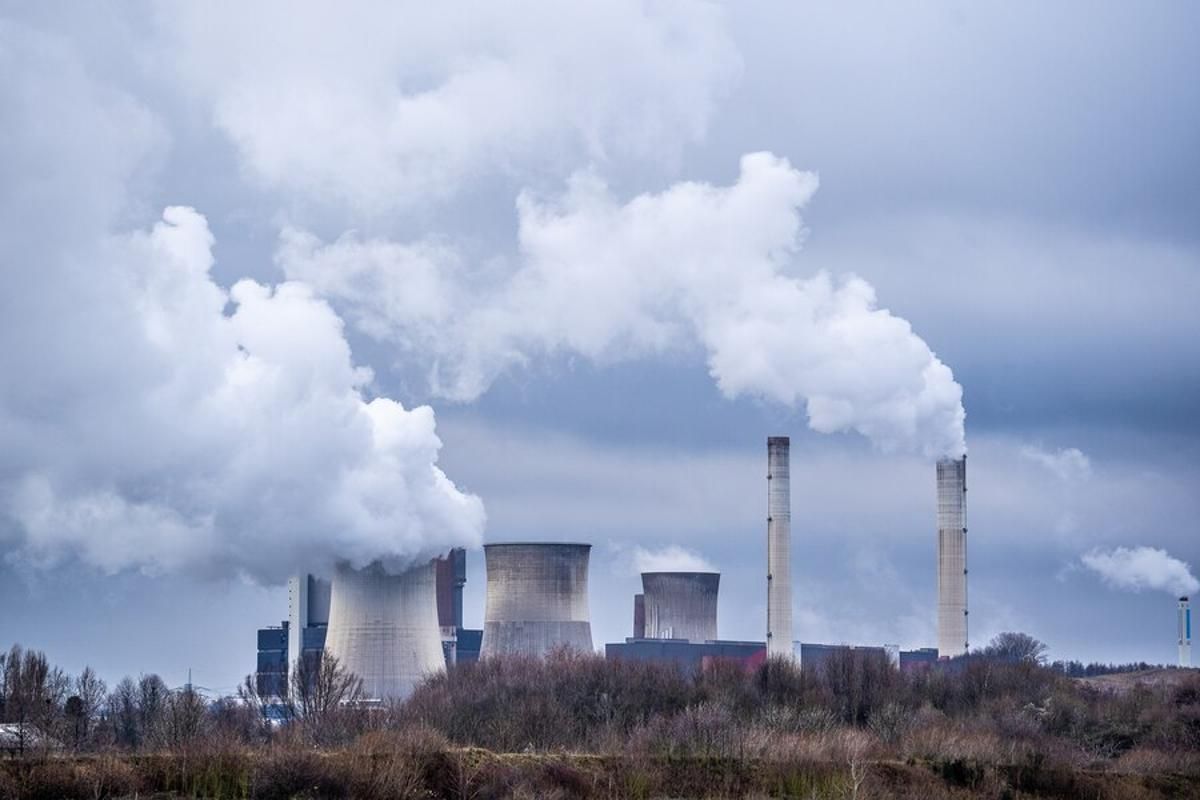
According to the NOAA, “About 2 feet of sea level rise along the U.S. coastline is increasingly likely between 2020 and 2100 because of emissions to date.”
Essentially, the emissions that humans have already released into the air will continue to melt the Earth’s ice, even if we completely put a stop to fossil fuels right now. However, if we don’t stop, the sea level will rise at an ever more expedited rate.
The Financial and Immediate Effects of Sinking Cities

About 30% of the US population resides in the country’s seaside cities, which means that as these cities sink, almost 100 million people will be displaced, leaving their destroyed homes and businesses behind.
The personal tolls this would take are almost unimaginable, as are the economic costs. That’s why many scientists argue that spending money on climate change solutions now will not only save the planet, but also save the country money in the long run.
It’s Not Just Cities That Will Suffer as the Seas Rise

It’s important to note that it’s not just the major coastal cities that will suffer as the ocean quickly rises. Small towns and even individual homes along the water’s edge will certainly be in danger.
Additionally, it’s not just the fact the water will approach the foundation, but also that the ground around the houses will actually start to fall away as sea levels lead directly to erosion.
What Can Be Done?

Although the governments and corporations of the world are trying (or at least some of them are) to minimize carbon emissions as soon as possible, it’s likely they won’t move fast enough to stop the sea from overtaking at least some of the country’s and the world’s cities.
So, what can be done? Indonesia has quite an elaborate plan to up and move their capital city of Jakarta, built on the island of Java, to a new location on the island of Borneo, some 800 miles inland. And if things continue as they are, the US may have to do the same with their cities like New York, San Francisco, and Miami.
Climate Change Can No Longer Be Ignored

The fact that dozens of American cities will soon be underwater is just the latest in a long line of catastrophic results of the planet’s changing climate.
And the bottom line, whether you live in a coastal city or not, is that some seriously big changes need to be made right now in order to stop this from actually happening.
